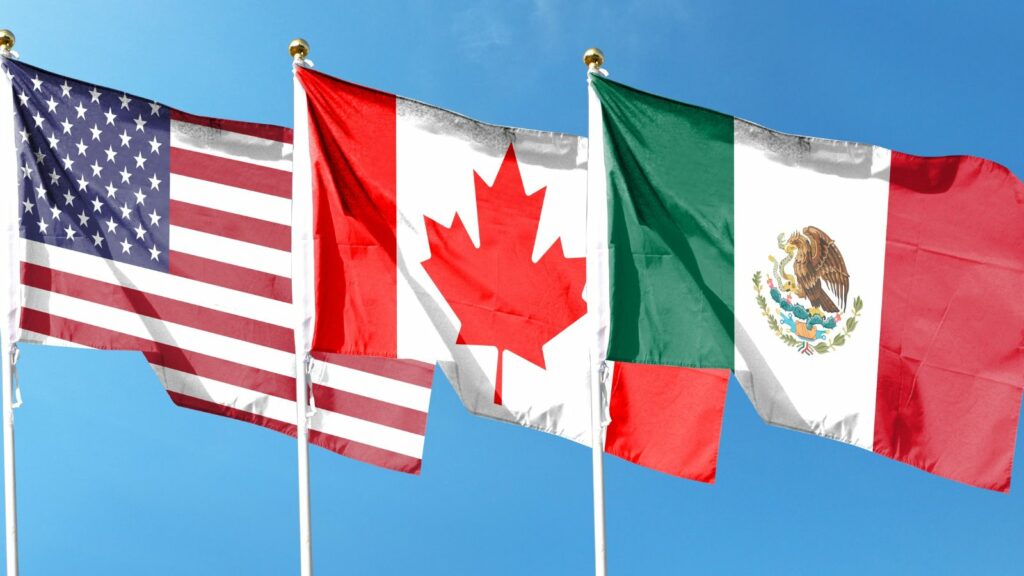Trade policy developments and potential automotive tariffs create significant employment concerns across Canada’s automotive sector. Manufacturing, logistics, parts production, and quality assurance workers face uncertainty regarding job security and industry stability. Here are 20 real stories of real Canadians in the auto sector, each navigating the looming uncertainty in their unique way.
Jeff Gray: The Union Leader with Elbows Up

In Oshawa, Ontario, Jeff Gray isn’t just another auto worker—he’s the muscle and voice of a union under fire. As tariff talks between Canada and foreign partners heat up, Gray braces his members at Unifor Local 222 for the potential economic body slam. With over 30 years on GM’s floor, he’s witnessed plant closures, layoffs, and now, the looming threat of 25% tariffs on imported parts and vehicles—something that could decimate Ontario’s $16 billion auto export economy. Gray’s stance? Elbows up.
Carl Stitt: Mortgage Woes Amid Tariffs

Returning to the Oshawa plant after its 2021 reopening, Carl Stitt now fears another round of layoffs. With a mortgage to pay and a family to support, the looming tariffs threaten his financial stability. The tariffs have already led to production slowdowns and temporary layoffs across Canada’s auto industry, disrupting the deeply integrated North American supply chain. Economists warn that such trade barriers could severely impact the Canadian economy, with the auto sector expected to be among the hardest hit. Despite a 90-day pause on some reciprocal tariffs, the uncertainty persists, leaving workers like Stitt in a precarious position as they grapple with the potential loss of income and housing stability.
Christina Grossi: A Mother’s Fear in Windsor
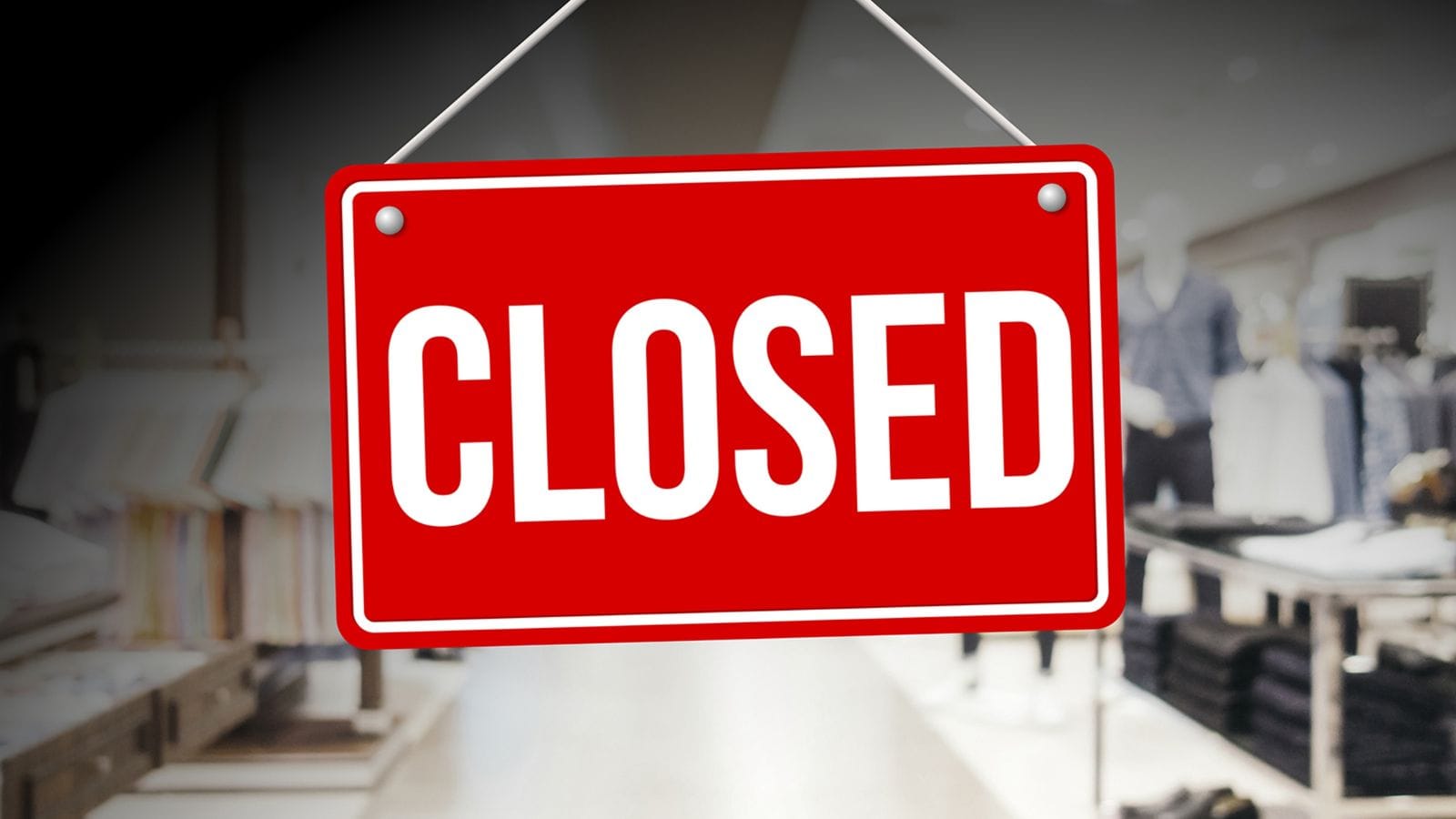
Christina Grossi, a Ford employee in Windsor, Ontario, embodies the anxiety gripping Canada’s auto sector amid escalating U.S. tariffs. In March 2025, President Trump imposed a 25% tariff on Canadian vehicles and auto parts, disrupting the integrated North American supply chain. Grossi expressed her distress, stating, “They’re our jobs. We’ve been doing this for 100 years,” highlighting her community’s deep-rooted history of automotive work. The possibility of plant shutdowns looms large, especially with one child in university and the youngest just 12. Grossi feels betrayed by a country she once considered a close ally.
Jay Mercier: All Eggs in One Auto Basket

Having worked at the Stellantis plant in Windsor for 25 years, Jay Mercier and his wife, both employed there, face the emotional roller coaster of potential job losses. Mercier describes the situation as “mental anguish,” likening it to the uncertainty experienced during the COVID-19 crisis. Despite a 90-day pause on some tariffs, the core automotive duties remain, threatening jobs and economic stability. Prime Minister Mark Carney also emphasizes the need for a new bilateral agreement to mitigate these tensions and reduce overreliance on the U.S. market. Workers like Mercier face an uncertain future as negotiations continue, hoping for a resolution that secures their livelihoods.
Joel Soleski: A New Homeowner’s Dilemma

Joel Soleski, a Canadian auto worker in Windsor, Ontario, faces uncertainty amid escalating U.S.-Canada trade tensions. At 26, Stellantis employee Joel Soleski recently purchased his first home. Now, with the threat of indefinite layoffs due to tariffs, he fears he may have to seek employment elsewhere, jeopardizing his new investment. The uncertainty in trade policy affects not only his job security but also the broader economic stability of communities reliant on cross-border manufacturing.
Jason Gale: Veterans’ Hope Amidst Uncertainty

With 23 years at GM, Jason Gale has seen the industry’s ups and downs. The impact of tariffs has been immediate and severe. Major manufacturers like General Motors and F&P Mfg have reduced shifts and idled production lines, leading to temporary layoffs and heightened worker anxiety. The Canadian Automobile Dealers Association warns that new vehicle sales could plummet by 25% this year, exacerbating fears of a recession. While newer employees grapple with the unpredictability, Gale remains hopeful, emphasizing the workers’ determination to fight for their jobs and the quality of Canadian-made vehicles.
Anonymous F&P Mfg Worker: Honeymoon Savings on Hold

An F&P Mfg employee supplying parts to major automakers reports decreased production. F&P Mfg, which supplies parts to major automakers like Honda, Stellantis, GM, and Tesla, has also reduced weekend shifts due to decreased demand from U.S.-based companies. The worker expressed concerns about job security, noting that she and her partner, also in the auto industry, fear potential layoffs. Their honeymoon savings are now being reserved as emergency funds. This situation reflects a broader trend in Canada’s auto sector, where approximately 6,000 workers were idled on the first day of the tariffs.
Doug Ford: Premier’s Promise to Retaliate

Ontario Premier Doug Ford has urged the federal government to impose a 100% tariff on Chinese electric vehicles (EVs), aligning with U.S. measures to protect domestic industries. Ford contends that China’s subsidized EVs, produced with lower labor standards and environmental regulations, threaten Ontario’s $43 billion investment in EV and battery manufacturing, potentially jeopardizing thousands of jobs. He also emphasizes the need to protect Ontario’s economic interests and workers.
Jennifer French: Political Support from Oshawa

NDP MPP Jennifer French, representing Oshawa, acknowledges the deep roots of the auto industry in her community. She has consistently advocated for these workers. In 2018, she even introduced the Fairness for the Auto Sector Act to support the industry. She has also criticized the provincial government’s lack of support during previous plant closures, emphasizing the need for proactive measures to protect jobs. Driving a 2014 Chevy Impala made in Oshawa, she underscores the quality and legacy of Canadian-made vehicles.
Lana Payne: Unifor’s Battle Cry
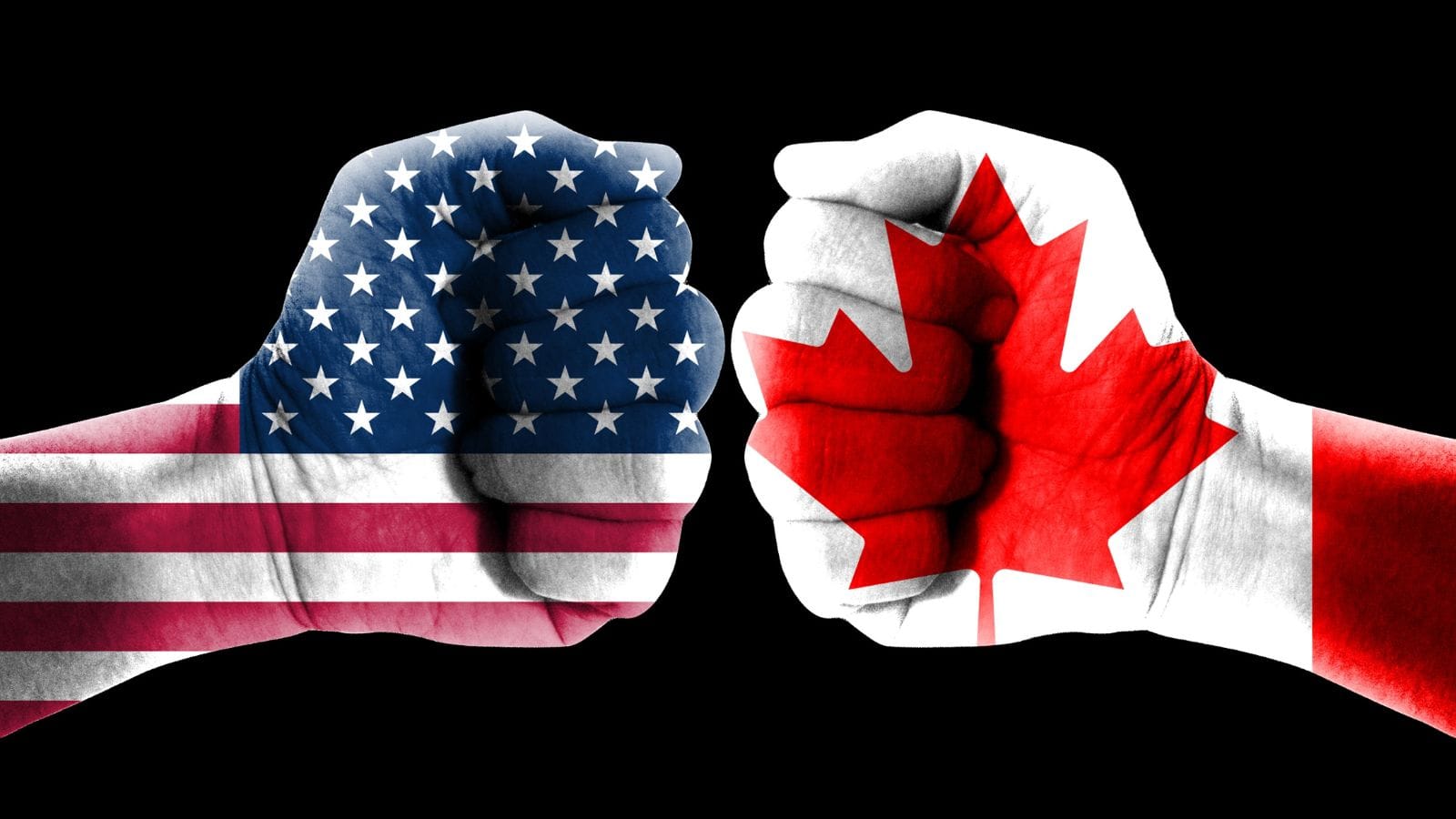
Unifor National President Lana Payne declares the situation an “economic war,” accusing the U.S. of attempting to “steal jobs” from Canada. Representing over 35,000 auto workers, Payne highlighted the detrimental effects of tariff uncertainty on investment and job security, noting that decisions have been delayed and investments lost. She also emphasized the integrated nature of the North American auto industry, warning that tariffs could halt assembly lines on both sides of the border.
Jordan Lennox: Disappointment in UAW’s Stance
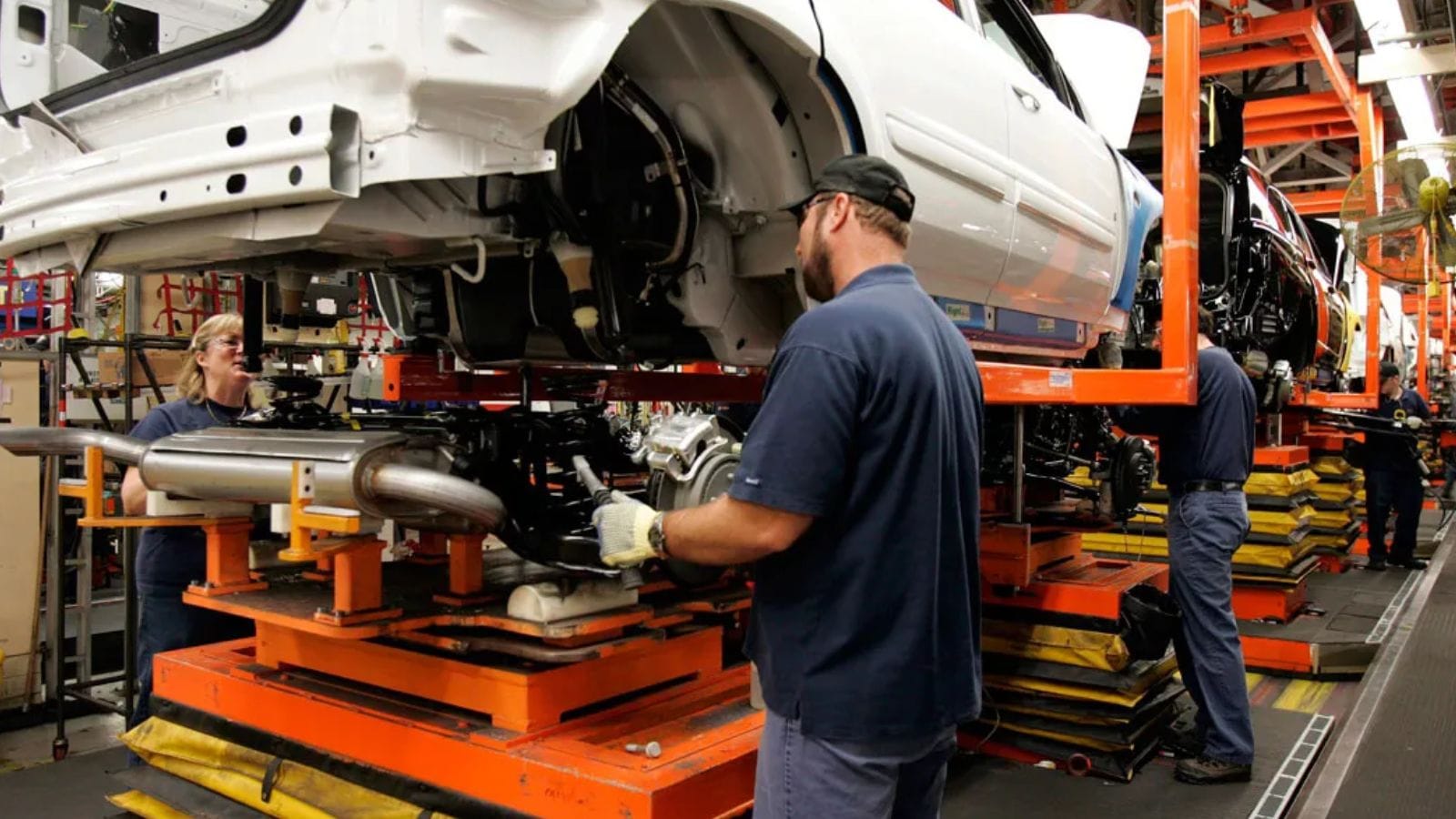
Jordan Lennox, a seasoned Canadian auto worker from Windsor, isn’t mad—just mildly furious. Jordan’s livelihood hangs in the balance as the U.S. and Canada squabble over auto tariffs like two kids fighting over the last Timbits. With over 20 years on the line at Stellantis, he’s now facing the grim possibility that his job might go the way of Blockbuster. But what’s got his toque in a twist? The UAW (United Auto Workers) seemingly siding with protectionist U.S. policies, potentially jeopardizing Canadian jobs. “I thought we were on the same assembly line,” Jordan quips.
Christina: Tears for the Future

Christina, a Windsor auto worker with a wrench in one hand and a Tim Hortons double-double in the other, has built cars longer than her teenager has been alive. But her future is on cinder blocks thanks to tariff talks that resemble a badly tuned engine—sputtering, unpredictable, and full of smoke. With U.S.-Canada auto trade worth over $100 billion annually, even the whiff of a 25% import tariff threatens jobs like hers. “Should’ve been a welder,” she mutters, eyeing robot arms suspiciously.
GM’s Oshawa Plant: Shift Reductions and Worker Impact

At its peak, Oshawa assembled over 400,000 vehicles a year. With just one shift running and fewer models to build, many workers are staring down layoffs—or, as GM might call it, “realignment.” Unifor, the auto workers’ union, is fighting to keep jobs on the line, warning that economic ripple effects could spread faster than a Civic on the 401. The government, meanwhile, is caught between defending local jobs and not ticking off its biggest trading partner.
Ford’s Oakville Plant: EV Plans Scuttled

Ford’s grand plan to turn its Oakville, Ontario, plant into an electric vehicle (EV) wonderland has hit the brakes—hard. The $1.8 billion conversion to an EV hub should begin in 2024, with workers plugging into a greener future. Now? It’s unplugged. The culprit? A tangled web of U.S.-Canada tariff tiffs, supply chain wobbles, and sluggish EV sales. Ford says it’s “pausing” the shift, but workers hear, “Maybe don’t buy that cottage yet.” The bigger worry: Canada’s auto dreams hinge on a clean transition. If Ford ghosts on EVs, it sends a bad signal—like getting left on read by your date and dealer.
Stellantis Brampton: Retooling Paused
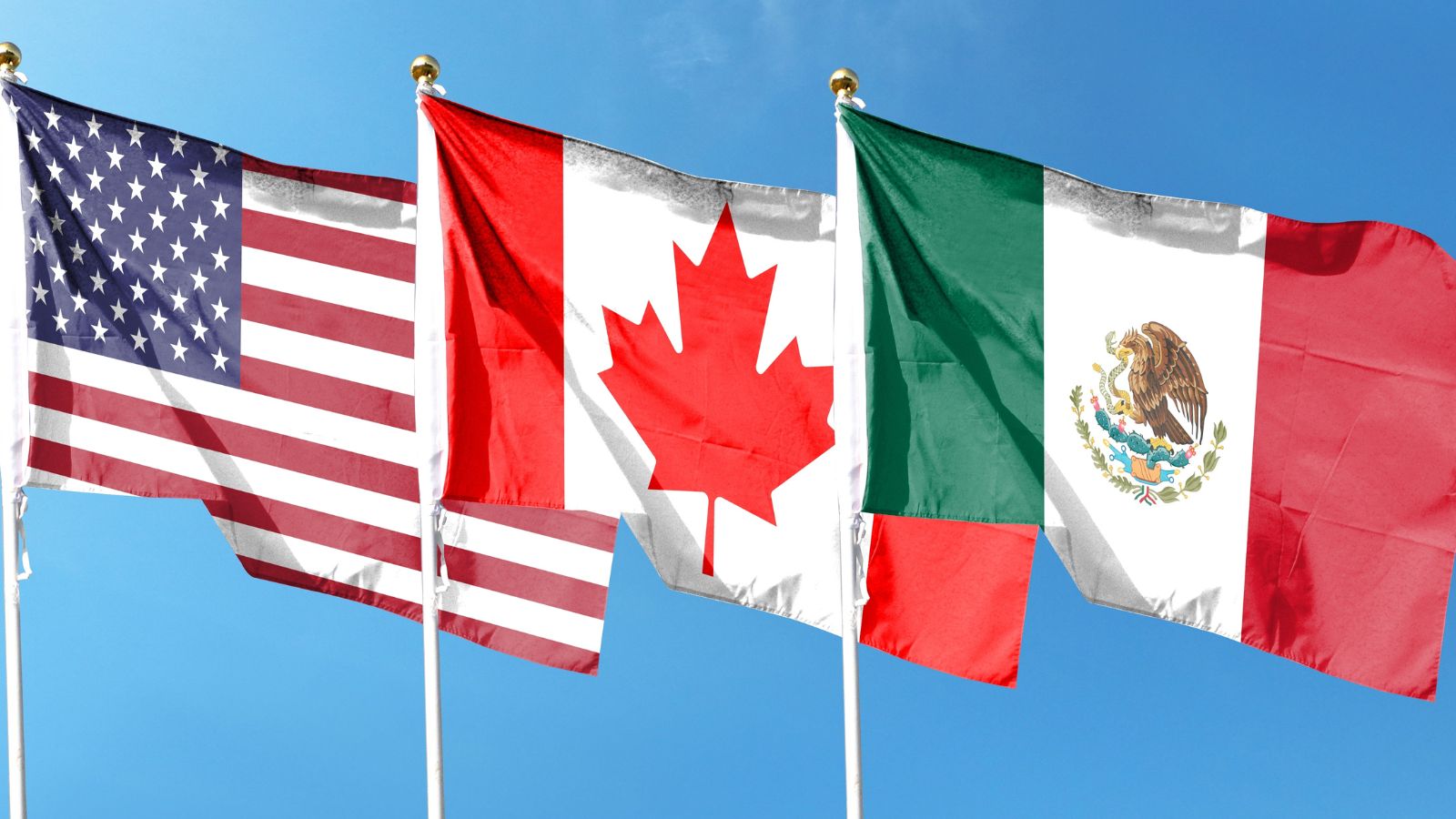
The retooling plan has hit the brakes at Stellantis’ Brampton plant—where muscle cars roar and workers roll. The facility was slated for a shiny $3.6B electric vehicle makeover. Still, as Canada and Mexico spar with the U.S. over EV tax credits and tariffs, things like a Dodge with a dead battery have stalled. Around 3,000 workers twiddle their thumbs (and worry) as the factory enters an “idle” state, paused since December 2024. Meanwhile, global supply chains and cross-border bickering over the U.S. Inflation Reduction Act continue to muddy the electric waters.
GM CAMI Plant: Food Bank Reliance

During an EV refit in 2022, hundreds of laid-off workers at GM’s CAMI plant in Ontario resorted to food banks. That’s not a typo—it’s dinner via donation. As trade uncertainty drives job insecurity, the plant has become a symbol of the broader auto industry’s shaky ride through economic potholes. With over 2,200 jobs hanging in the balance and tariffs threatening cross-border parts flow, even skilled tradesfolk feel like they’re on an assembly line to nowhere. As one welder joked, “I used to weld cars. Now I’m welding together a grocery list on a food bank budget.”
GM’s St. Catharines Plant: Workforce Halved

GM’s Propulsion plant in St. Catharines sees its workforce cut in half, with delays in scheduled EV refits pushing timelines to at least 2027. The plant makes engines and transmissions and has been idling like a car stuck in rush-hour traffic, waiting to see how the trade drama unfolds. Unifor, the workers’ union, is revving up pressure on both GM and Ottawa, urging action before more pink slips roll out. GM says it’s “pivoting to EVs,” which sounds exciting—unless you’re one of the workers pivoting to unemployment.
Algoma Steel: Shipments Paused
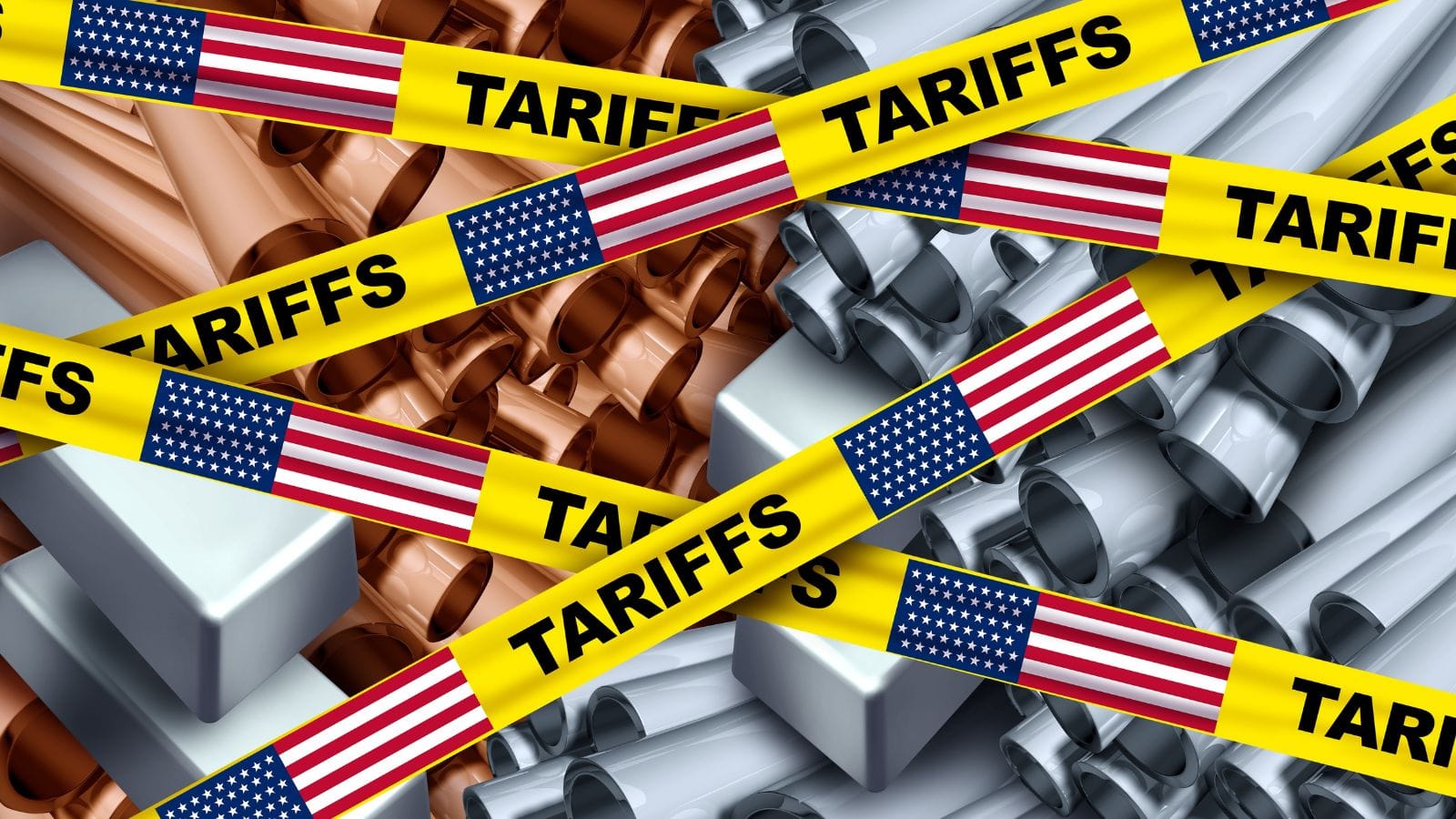
In the heart of Sault Ste. Marie, Algoma Steel hit the brakes on shipments faster than a moose on black ice. Amid ongoing Canada-U.S. tariff talks, the company paused outbound steel deliveries on May 27, 2025, stirring unease among its 2,800 workers, many tied to the auto industry supply chain. And, with steel tariffs potentially on the table again, folks are understandably jittery. CEO Michael Garcia insists it’s a “precautionary pause,” but workers worry it’s code for “grab your Tim Hortons and hang tight.” The last tariff saga in 2018 led to layoffs and maple syrup-grade stress levels. No one wants a sequel.
Evraz North America: Anxiety in Regina

Workers at Evraz North America’s steel plant in Regina express anxiety amid economic uncertainty. Picture this: workers, once proud smiths of large-diameter pipes, are now facing the cold reality of layoffs. Since May 2022, approximately 170 employees have been let go, with whispers of 50 to 75 more joining the ranks of the unemployed. The culprit? A market flooded with cheaper foreign steel makes it challenging for local heroes to compete. Evraz blames these “unfairly traded imports” for the downturn, while the Canadian Steel Producers Association notes that 41% of steel used in Canada hails from abroad.
Canadian Government’s Response: Tariff Retaliation
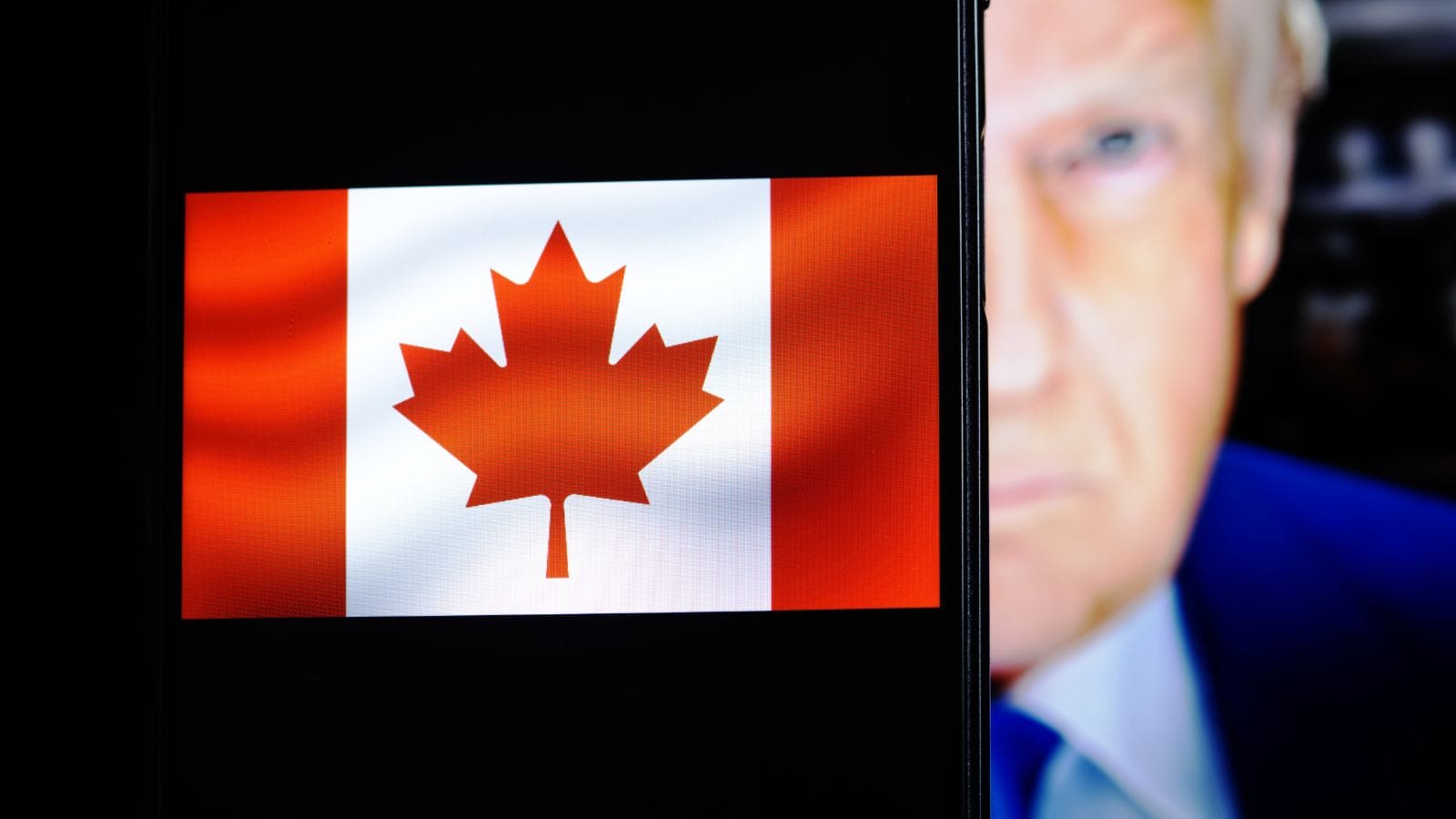
Meet Bob, a Canadian auto worker from Windsor who just wanted to make trucks, not headlines. However, when the U.S. slapped tariffs on Canadian steel and aluminum in 2018, Bob’s lunchroom became a war room. In response, Canada fired back with $16.6 billion in retaliatory tariffs, targeting everything from ketchup to lawnmowers—yes, even inflatable boats weren’t safe. Chrystia Freeland called it “the strongest trade action Canada has taken since WWII,” which, for Bob, translated into “maybe no raise this year.” Spoiler: NAFTA became CUSMA in 2020. Bob kept his job but still side-eyes every trade tweet from Washington. What is the moral of the story? Don’t mess with a Canadian’s steel—or his condiments.
22 Times Canadian Ingenuity Left the U.S. in the Dust

When people think of innovation, they often picture Silicon Valley. However, Canada has a history of innovation, too. Whether it’s redefining sports, revolutionizing medicine, or just showing America up at its own game, Canadian inventors, thinkers, and dreamers have had their fair share of mic-drop moments. Here are 22 times Canadian ingenuity left the U.S. in the dust.
22 Times Canadian Ingenuity Left the U.S. in the Dust
